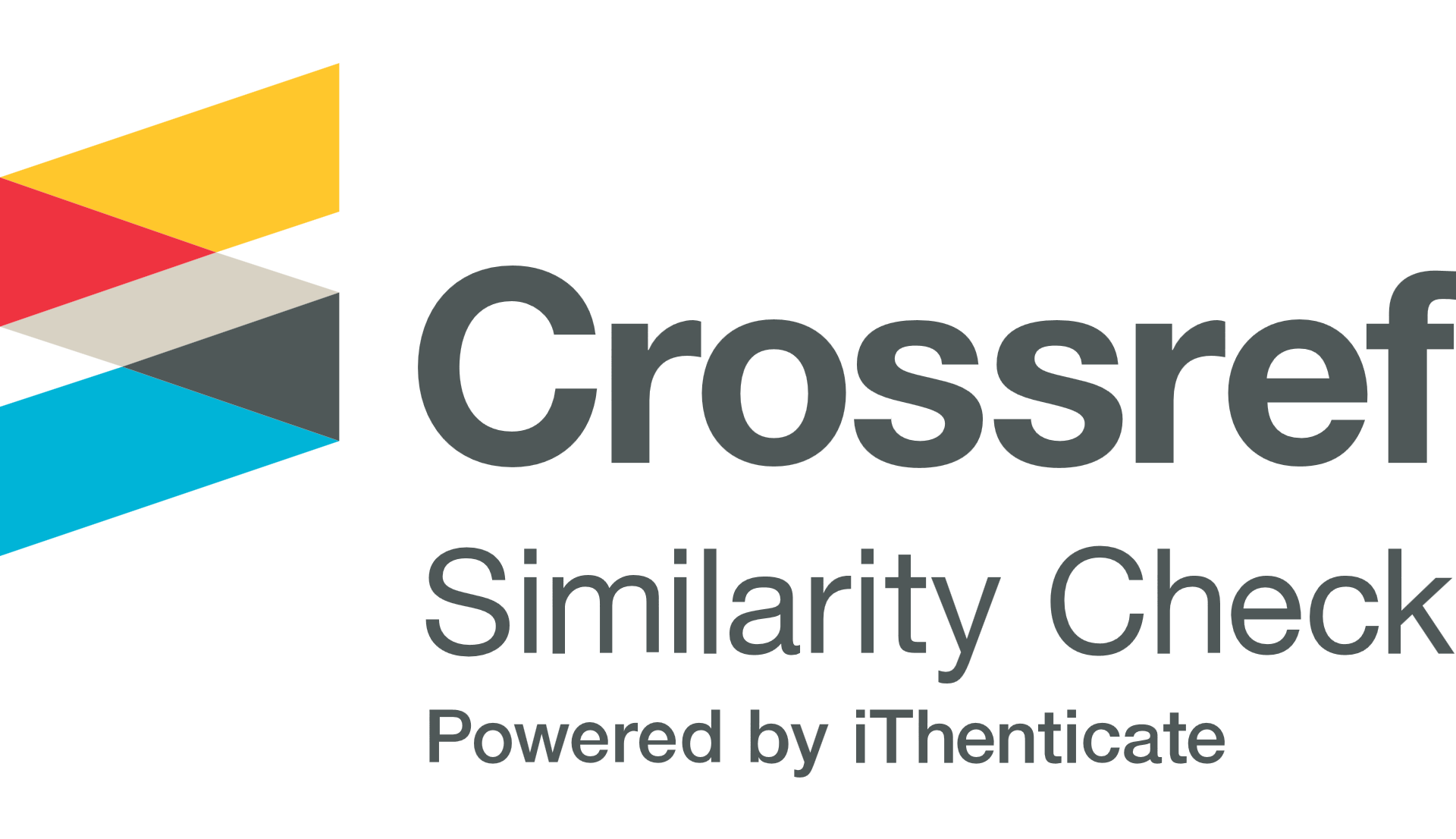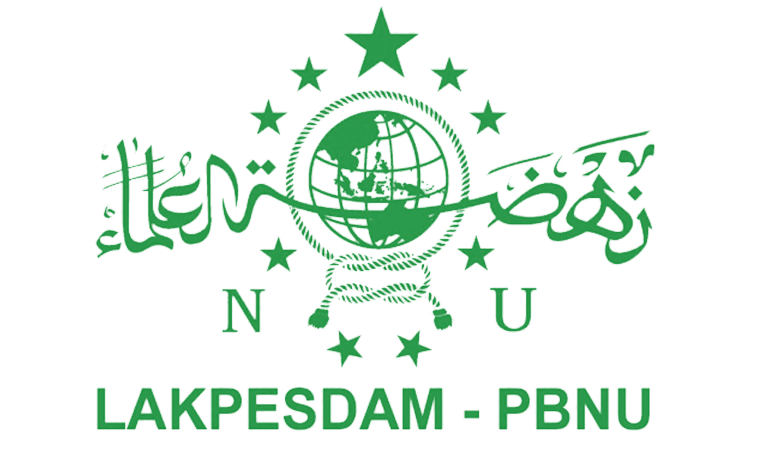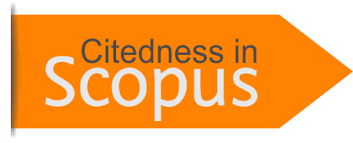EVALUATION OF GENERAL STUDY PROGRAM USING THE CIPP MODEL AT THE WALISONGO STATE ISLAMIC UNIVERSITY SEMARANG
DOI:
https://doi.org/10.31969/alq.v29i1.1221Keywords:
CIPP, general study, evaluation programAbstract
Departing from the challenges and opportunities faced by the Faculty of Science and Technology (FST) UIN Walisongo, this study aims to know and evaluate matters related to the context of the existence of general study programs at UIN Walisongo, available inputs, learning processes and aspects of Tridharma University on general study programs, and products produced by UIN Walisongo's general study program. Some previous studies revealed the alignment of Islamic values and general competence to be an absolute challenge faced by State Islamic Religious Colleges (PTKIN) in developing a general study program. This research uses descriptive qualitative methods, with CIPP evaluation models (context, input, process, product). Research locus at the Faculty of Science and Technology UIN Walisongo Semarang. With regard to the evaluation results obtained from the data excavation method, it is obtained that in terms of Context, Input, Process, Product supports the results of the questionnaire, indeed FST UIN Walisongo as a general study program in UIN Walisongo has a mature context, supportive input factors, optimal processes, so as to give birth to excellent output / products. This general study research proves that so far the implementation of the Unity of Science paradigm, or Unity of Science, or Wahdatul Ulum in UIN Semarang, is going well.
References
Abdullah, R. (2014). URGENSI PENGEMBANGAN KURIKULUM PROGRAM STUDI PENDIDIKAN KIMIA UIN AR- RANIRY. Lantanida Journal, 2(1), 1. https://doi.org/10.22373/LJ.V2I1.647
Asadi, A., Arazi, H., Young, W. B., & de Villarreal, E. S. (2016). The Effects of Plyometric Training on Change-of-Direction Ability: A Meta-Analysis. International Journal of Sports Physiology and Performance, 11(5), 563–573. https://doi.org/10.1123/ijspp.2015-0694
Azra, A. (1999). Pendidikan Islam: Tradisi dan Modernisasi Menuju Milenium Baru. Logos Wacana Ilmu.
Center for Research and Development of Religious and Religious-related Education. (2012). Capacity Mapping of State Islamic Universities.
Center for Research and Development of Religious and Religious-related Education. (2013). Executive Summary of Capacity Mapping Research of State Islamic Universities.
Center for Research and Development of Religious and Religious-related Education. (2018). Evaluation of Rare Religious Study Programs of Enthusiasts at State Islamic Religious Universities.
Creswell, J. W. (1998). Qualitative inquiry and research design: Choosing among five traditions. Sage Publications.
Creswell, J. W. (2014). Research Design: Qualitative, Quantitative, and Mixed Methods Approaches (4th ed.). SAGE Publication, Inc.
Fanani, M. (2015). Paradigma Kesatuan Ilmu Pengetahuan. Karya Adi Jaya.
Hadziq, A. F. (2019). Perkembangan dan Tantangan Transformasi PTAI (IAIN menjadi UIN). Jurnal Aksioma Ad-Diniyyah : The Indonesian Journal of Islamic Studies, 7(1). https://ejurnal.latansamashiro.ac.id/index.php/JAD/article/view/280/276
Kartimi, & Mulyani, A. (2016). ANALISIS KESIAPAN SUMBER DAYA IAIN TERHADAP PERUBAHAN STATUS MENJADI UIN SYEKH NURJATI CIREBON. Holistik: Journal For Islamic Social Sciences, 1(1), 86–108.
Macalister, J., & Nation, I. S. P. (2019). Language Curriculum Design. Routledge. https://doi.org/10.4324/9780429203763
Mas’ud, A. (2007). Menggagas Format Pendidikan Nondikotomik (Humanisme Religius sebagai Paradigma Pendidikan Islam). Gama Media.
Miles, M. B., & Huberman, A. M. (1994). Qualitative data analysis: A sourcebook of new methods. SAGE.
Nurudin. (2014). PROSPEK PROGRAM STUDI AGAMA DAN UMUM DI STAIN PONTIANAK, KALIMANTAN BARAT, DAN STAIN CURUP BENGKULU. EDUKASI, 12(3), 381–397. http://www.ditpertais.net/
Robinson, B. (2002). The CIIP Approach to Evaluation. Sage Publication.
Stufflebeam, D. L. (1968). Evaluation as Enlightenment for Decision-Making. Ohio State University.
Stufflebeam, D. L. (1971). The Use of Experimental Design in Educational Evaluation. Journal of Educational Measurement, 8(4), 267–274. https://doi.org/10.1111/J.1745-3984.1971.TB00936.X
Stufflebeam, D. L. (2002). The CIPP Model for Evaluation. In Evaluation Models (pp. 279–317). Kluwer Academic Publishers. https://doi.org/10.1007/0-306-47559-6_16
Stufflebeam, D. L. (2003). Institutionalizing Evaluation in Schools. International Handbook of Educational Evaluation, 775–805. https://doi.org/10.1007/978-94-010-0309-4_45
Supena, I. (2015). Pergeseran Paradigma Epistemologi Ilmu-ilmu Keislaman. Karya Jaya Abadi.
Syarif, M. (2013). Teori dan Model Pengembangan Kelembagaan Pendidikan Tinggi Islam. Media Akademika, 28(3), 333–348.
Additional Files
Published
Issue
Section
License
Authors who publish with this journal agree to the following terms:
- Authors retain copyright and grant the journal right of first publication with the work simultaneously licensed under Creative Commons Attribution-NonCommercial-ShareAlike 4.0 International License that allows others to share the work with an acknowledgement of the work's authorship and initial publication in this journal.
- Authors are able to enter into separate, additional contractual arrangements for the non-exclusive distribution of the journal's published version of the work (e.g., post it to an institutional repository or publish it in a book), with an acknowledgment of its initial publication in this journal.
- Authors are permitted and encouraged to post their work online (e.g., in institutional repositories or on their website) prior to and during the submission process, as it can lead to productive exchanges, as well as earlier and greater citation of published work (See The Effect of Open Access).















